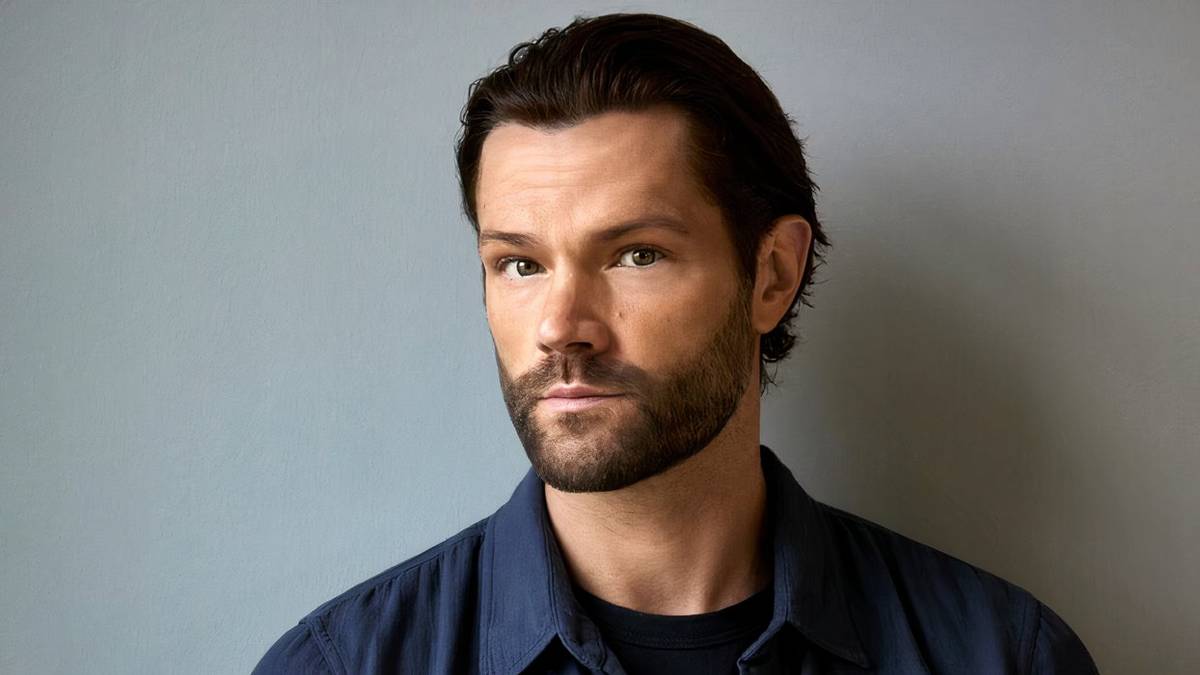Entertainment
Jared Padalecki and Leighton Meester To Lead Netflix’s Steamy New Holiday Rom-Com


Netflix has really been delivering to the millennials as of late, with holiday-themed films that feature a wide array of the faces we grew up with, like Alicia Silverstone in A Merry Little Ex-Mas and Lindsay Lohan in Falling For Christmas. But the streamer has officially outdone itself with today’s news, as it’s been revealed that Gossip Girl’s Leighton Meester will team up with Gilmore Girls and Supernatural alum, Jared Padalecki, for a brand-new holiday rom-com. As of right now, the production is still in the works of getting its title sorted out, but fans are encouraged to head over to Padalecki’s Instagram and cast their vote for the eventual moniker. For now, we know that the storyline will be based on Katherine Center’s bestselling novel, The Bodyguard, which immediately explains why the studio can’t just use the book’s title for the on-screen adaptation.
Taking to his Instagram to announce that the team was on the lookout for help with establishing a title, Padalecki joined with Meester and Center to put out an all hands on deck alert for fans to throw their best idea into the ring. In his post, the Walker star wrote:
“Big News!!!! Getting ready to head into production, and I’m incredibly excited to be teaming up with Netflix on this one!!!
This story has so much heart, and we can’t wait to bring Katherine Center’s The Bodyguard to the screen.
Only catch? The title… is already very, VERY taken. 😂😉
So the whole team has been tossing around new ideas — and now we want to hear yours too.”
Meet the Creative Team Behind Jared Padalecki and Leighton Meester’s Rom-Com
Helmed by Elizabeth Allen Rosenbaum (Aquamarine, Ginny & Georgia) with a screenplay co-penned by Erin Cardillo and Richard Keith (Isn’t It Romantic, Virgin River), the untitled Christmas production will also feature the talents of an ensemble that includes Andie MacDowell (Four Weddings and a Funeral), country music star Walker Hayes, Noah LaLonde (My Life with the Walter Boys) and Toby Sandeman (Running Point).
For those not in the know about the original story, the film’s logline spells it out, reading, “When a no-nonsense bodyguard is assigned to protect a charming action star over the holidays sparks fly, secrets unravel, and Christmas gets a whole lot more complicated.”
Head over to Instagram to cast your vote for the project’s title and stay tuned for more about Padalecki and Meester’s latest big-screen production.









